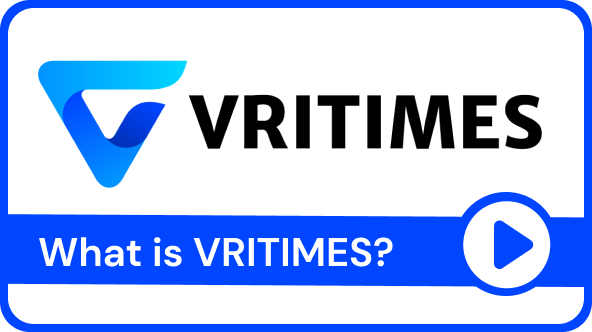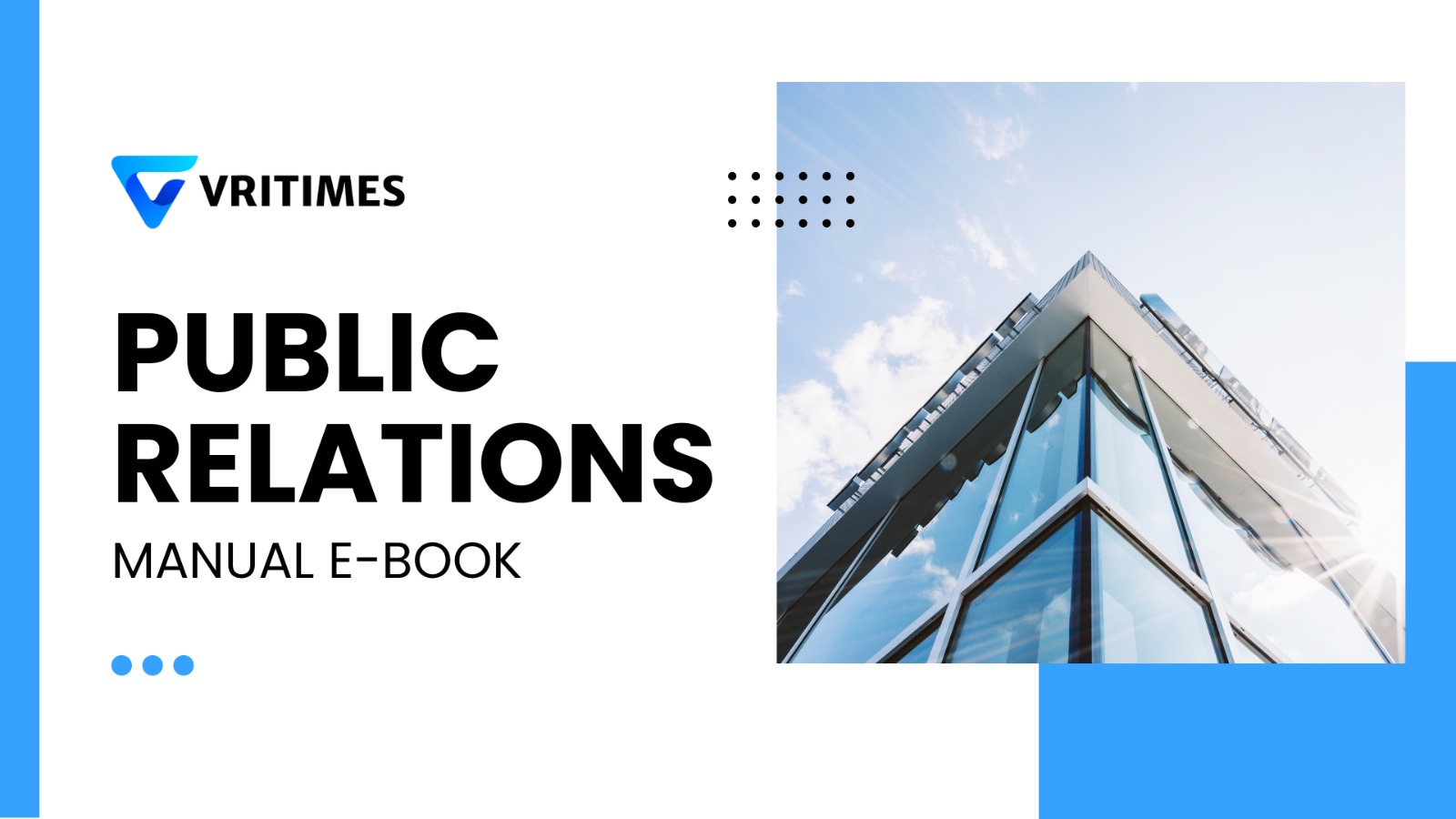/ Understand Damage Before It Happens – Join PetroSync’s API 571 Training and Lead in Asset Integrity
Understand Damage Before It Happens – Join PetroSync’s API 571 Training and Lead in Asset Integrity
In the heart of every refinery, there’s a silent battle happening—one that you can’t see with the naked eye. Corrosion, embrittlement, cracking, and other damage mechanisms slowly compromise the integrity of fixed equipment. And the consequences? Unexpected failures, costly downtime, or even worse—safety risks that can impact lives and reputations.
If you're working in inspection, reliability, or mechanical integrity, understanding these mechanisms isn't just a technical advantage—it's a necessity.
The Hidden Risks Inside Refinery Equipment
Imagine walking through a refinery. The equipment seems fine. No noise, no visible cracks, and everything is running smoothly—until it isn’t.
Damage doesn’t always announce itself. It can develop over years, silently degrading the steel inside a pressure vessel or altering the properties of a heat exchanger. And without the right knowledge, even seasoned professionals might miss early warning signs.
That’s where the API 571 standard becomes your best ally. Developed by the American Petroleum Institute, API 571 categorizes over 60 damage mechanisms, from high-temperature hydrogen attack (HTHA) to chloride stress corrosion cracking. Each mechanism is detailed with causes, affected materials, inspection methods, and prevention strategies.
Knowing these mechanisms gives you the power to act before failure occurs—not after.
Breaking Down API 571: Your Guide to Damage Mechanisms
API 571 isn’t just another technical document. It’s a comprehensive guide designed to help engineers and inspectors make informed decisions about asset integrity.
Here's what makes it essential:
Comprehensive Coverage: Includes high-temperature, low-temperature, mechanical, and environmental damage.
Integration with RBI and FFS: Critical for Risk-Based Inspection (API 580) and Fitness-for-Service (API 579) assessments.
Applicable to Real-World Scenarios: Addresses typical refinery equipment and environments.
If you've ever wondered why a component failed—or how to prevent it next time—API 571 gives you the answers.
But reading the standard is one thing. Applying it in the field is another. That’s where structured learning comes in.
The Game-Changer: From Theories to Practical Skills
Let’s be honest: trying to master API 571 by reading it cover to cover can feel overwhelming. The terminology, the mechanisms, the inspection approaches—there’s a lot to absorb.
That’s why experienced professionals often turn to hands-on training. Through practical workshops and real-world case studies, you move beyond theory into application. You don’t just learn what to look for—you learn how and why.
In PetroSync’s API 571 training course, you’re guided step-by-step by industry experts. Whether you're a reliability engineer, inspector, or maintenance manager, you gain tools to:
Identify relevant damage mechanisms for different equipment
Analyze root causes of degradation
Apply inspection and mitigation strategies with confidence
Unlock Your Potential with the API 571 Training Course by PetroSync
Choosing the right training provider matters. At PetroSync, we’ve helped thousands of professionals like you build deep technical mastery while staying updated with the latest industry standards.
What sets PetroSync apart?
✅ Expert Instructors: Trainers with real-life refinery experience
✅ Interactive Learning: Case studies, group discussions, and quizzes
✅ Global Recognition: Certificates respected across industries
✅ Flexible Formats: Join in-person or virtually from anywhere
You won’t just attend a course—you’ll join a community of professionals committed to safety, performance, and excellence in the energy sector.







